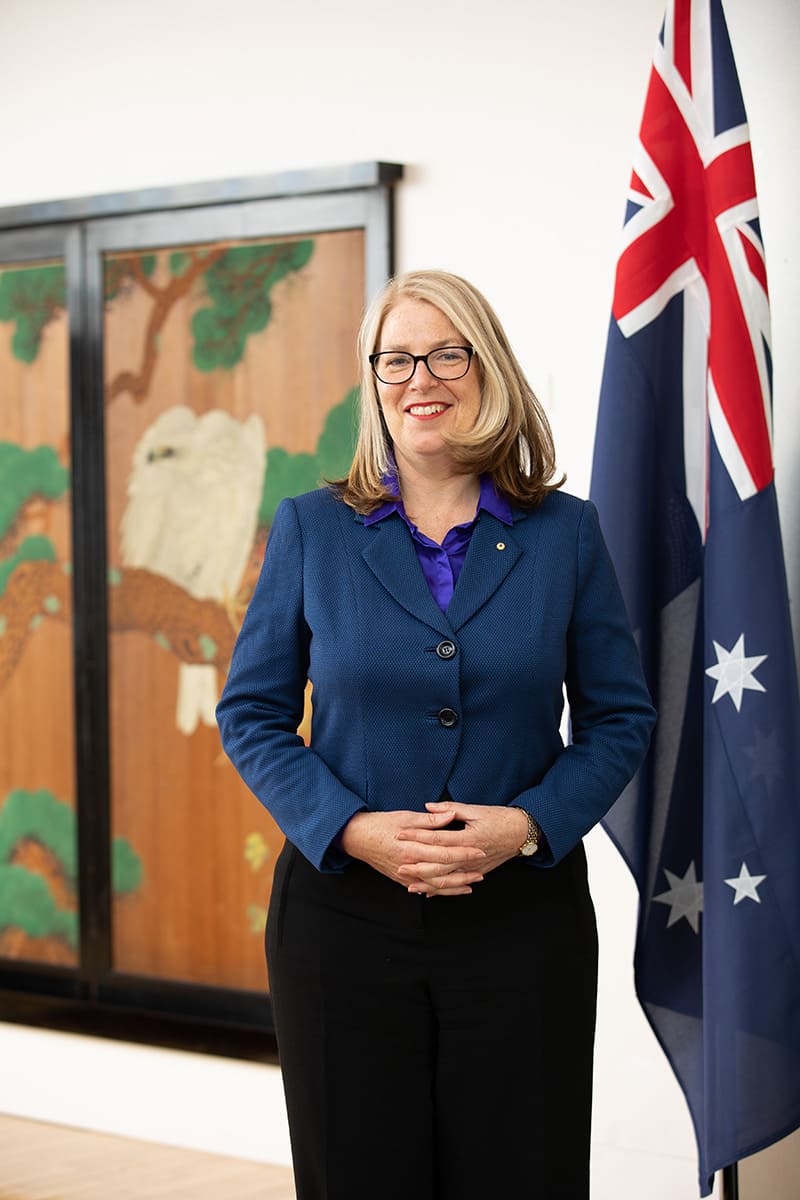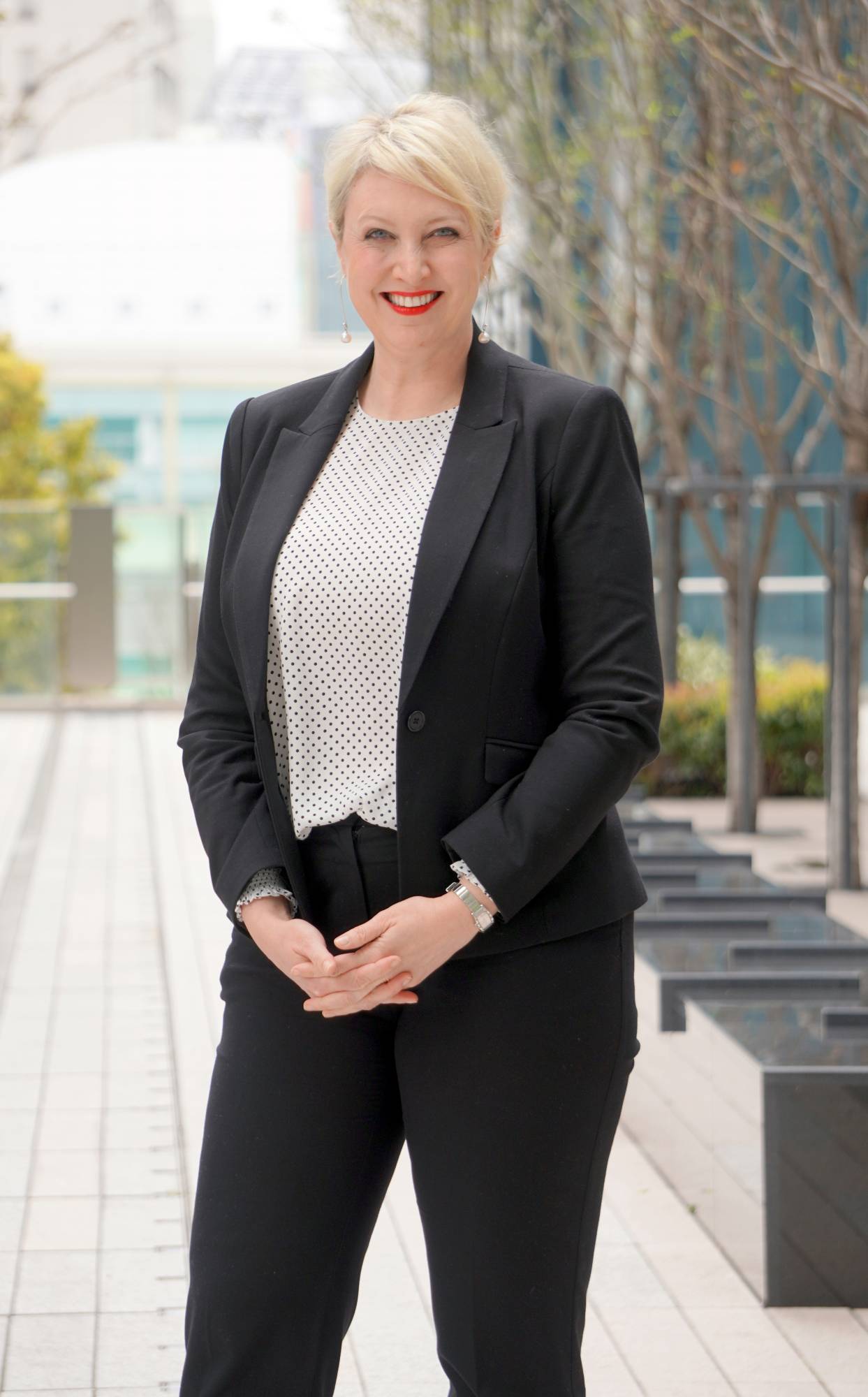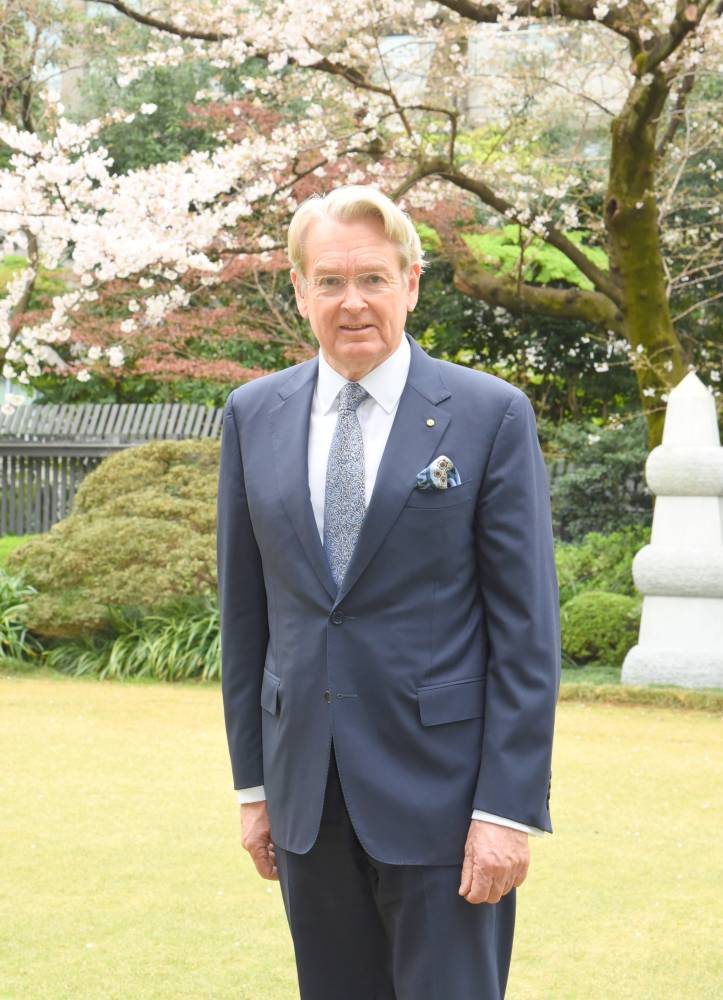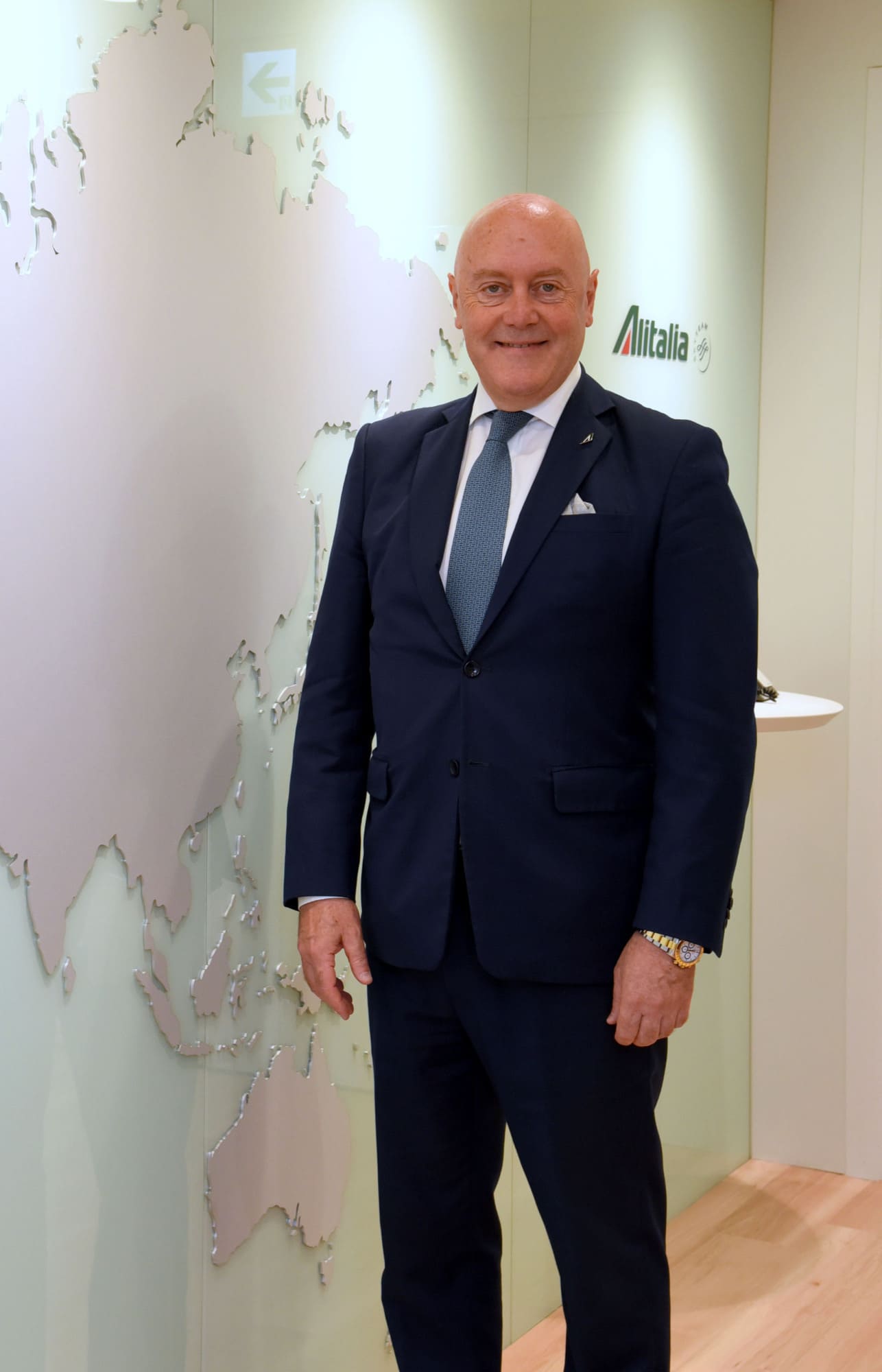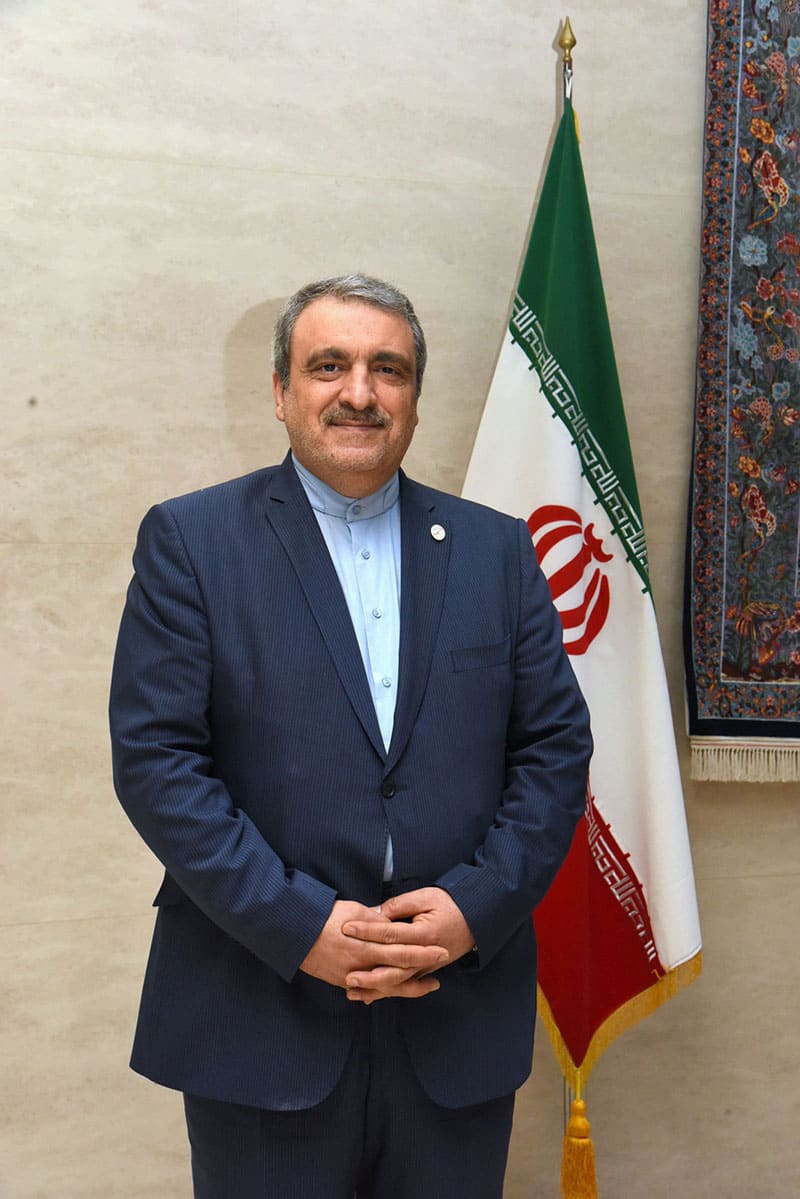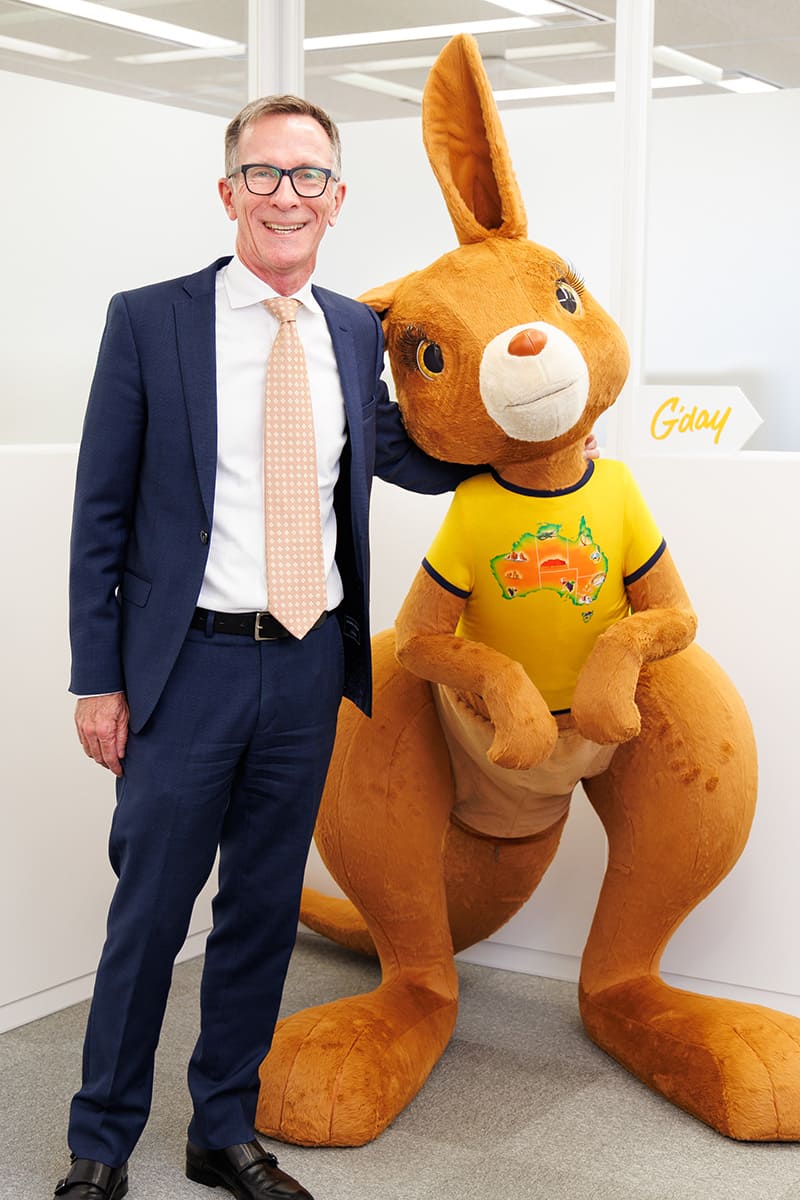
December 01, 2023
Putting Down Under on top of travel destinations
For Tourism Australia’s Japanophile Baines, Ruby the ‘roo is just the start
Contributing writer
- Name: Derek Baines
- Title: Japan Country Manager, Tourism Australia
- URL: https://www.tourism.australia.com/en
- Hometown: Brisbane
- Years in Japan: 10
Save for greetings and perhaps a few random expressions, many people end up forgetting a language they study in school. Derek Baines, however, can draw a direct line between taking Japanese (as a “fluke”) and his current role as Japan country manager for Tourism Australia. Even though he only volunteered to move to the Japanese class because of an appeal for more students, he found it the most interesting of his subjects, and has not stopped studying since.
Throughout Baines’ 40-year career spanning aviation, marketing and travel, Japan has been a thread. In university he majored in Asian studies, and he has spent 10 years in total living in the country. Doors have been opened simply because of this connection, which has brought invaluable insight into Japanese business culture.
Aiming for normal travel again
Baines assumed his current role in 2020, and for five months managed the office from Sydney due to COVID-19 border closures. Now, on site in Tokyo, he and his team are working to at least return the number of Japanese visitors to Australia to the pre-pandemic count of 499,000 within the next year. The local version of Tourism Australia’s “Come and Say G’day” campaign, featuring actor and model Maryjun Takahashi, has been a significant step in that direction.
“Essentially what it is, is our (kangaroo) brand ambassador Ruby introducing a whole lot of experiences and places in Australia. The Japanese market is quite attuned to and open to characters. So we were really pleased to be able to do this here, and we’ve had a lot of ‘cut-through’ (success in getting people’s attention). We’re working with some of the travel agents, who have embraced the character at events. So, more and more, we’re trying to integrate Ruby into our messaging. We’ll be working with Ruby for several years at least.”
In the long term, Baines says, the goal is to surpass pre-pandemic numbers as well as increase spending by Japanese tourists. In 2019, leisure travelers to Australia overall spent just over 234 Australian dollars ($154) on hotels per night.
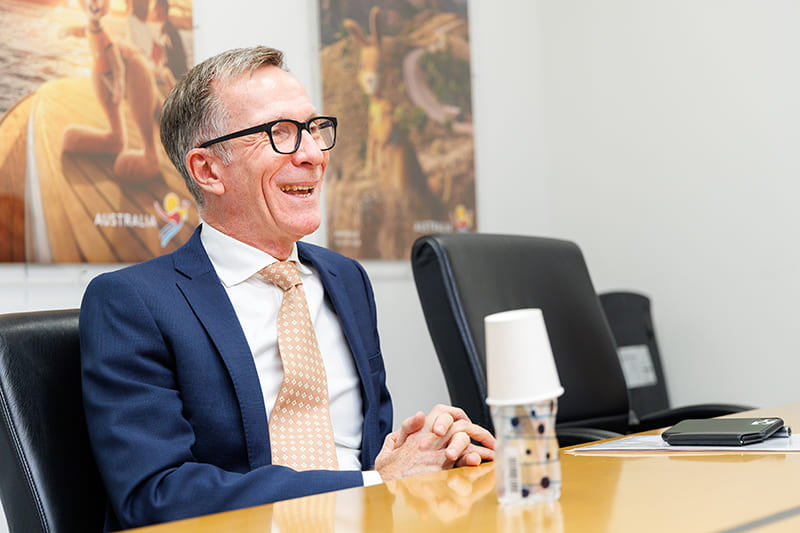
Longer planning timeline
A measured speaker who sprinkles his English with Japanese terms, Baines is comfortable in Japan. This might have been aided by the three months of high school he spent on exchange in Kanagawa, and the homestay with a family he still sees today. There was also the working holiday after university, when, while living with friends, he worked several jobs in Tokyo, even appearing on TV sometimes. A lot of his knowledge of the country would have come, too, from his four years as Japan marketing manager for Qantas Airways from 1990. One crucial lesson he has learned is the difference in Western and Japanese business planning, and managing the head office’s expectations in that regard.
“The planning timeline is probably more detailed and more lengthy in many ways, and the execution therefore is normally perfect. In the West, it depends where you are and what the situation is, of course, but it’s probably a more agile type of approach. For the overseas managers coming to Japan, it’s probably the most important lesson to understand and respect the decision-making process here. It’s a process of being patient and working through with a goal.”
Travel agencies are key
While many travelers elsewhere opt to buy tickets and travel packages online, in Japan, travel agencies still occupy significant space. For that reason, Tourism Australia is serious about maintaining strong ties with travel agencies, arming sales staff members in its Aussie Specialist Program with the skills and knowledge to effectively sell Australia.
“For the big travel agents, the majority of their sales is still through bricks and mortar, and that’s therefore so important for us to be able to help them with their training. It’s changing, of course, and they’re all developing better and better digital capability. But still, in Japan, the stores are the big revenue drivers, which is maybe a little bit unique to Japan.”
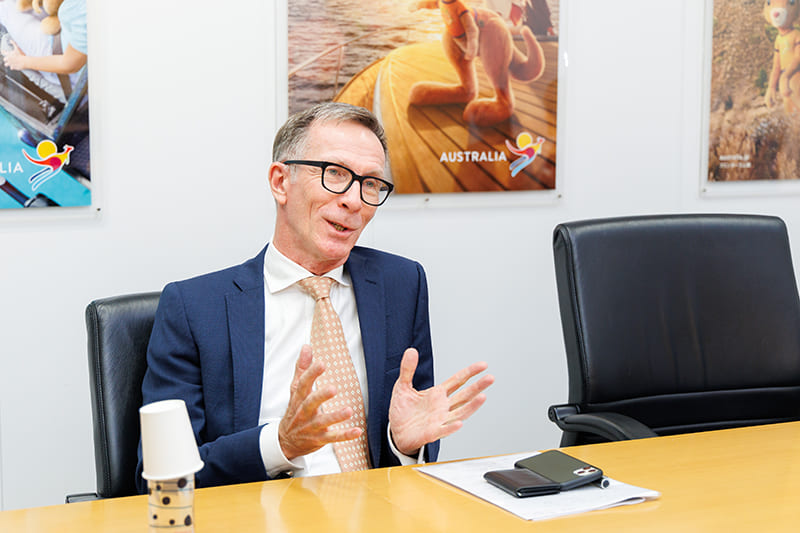
Sustainability in travel
Not unique to Japan, however, is a push for sustainability in travel. While Baines surmises that the number of tourists demanding only sustainable holidays is still low, he says Tourism Australia’s research shows that 70% of Japanese tourists view sustainability as important.
Air travel’s high energy consumption is one of the biggest challenges to achieving sustainability in tourism. A veteran of the airline industry, Baines says newer aircraft models are more fuel-efficient and emit lower levels of carbon. Other sustainability steps include offering carbon-offset programs to consumers and using sustainable fuel.
On the ground in Australia, preserving natural attractions, including those that are frequented by tourists, is a top priority. An increase in eco-lodges and accommodation facilities using renewable energy is also taking place in the country, where a third of all energy is from renewable sources.
“Everybody knows it has to be done, so we do it, we get on with it. And Japanese people, like other travelers, see it as really important to respect the environments they travel to, and the cultures and the wildlife, of course … to feel and to know that the things they’re consuming and the products and services that they’re buying are created in a sustainable way wherever possible.”

